Chemically relaxed hair needs care at any age, but once you’re over 50, your hair may start to respond differently. Maybe it’s thinner than it used to be, a bit drier, or just not as easy to manage with the same products and routines you’ve relied on for years. That doesn’t mean you have to overhaul everything—but a gentler approach can go a long way.
These routines focus on keeping your hair healthy without a ton of extra steps or stress. It’s all about protecting your strands, keeping moisture in, and being mindful of how your hair’s needs may have shifted with time. Small changes can make a noticeable difference, especially when it comes to softness, breakage, and overall strength.
Weekly Deep Conditioning

Embrace the nurturing power of deep conditioning to maintain the health of chemically relaxed hair. Weekly treatments infuse moisture, combat protein loss, and restore shine, making them indispensable. Choose a conditioner rich in natural oils like argan or avocado. Apply generously from roots to tips, ensuring every strand receives attention. Allow the product to penetrate under a warm towel for enhanced absorption. A consistent deep conditioning routine transforms dull, brittle hair into a soft, manageable crown. Balance is key; avoid over-conditioning to prevent limp locks.
Gentle Cleansing Shampoo

Selecting the right shampoo is pivotal for relaxed hair, especially for women over 50. Opt for a sulfate-free, gentle cleansing formula to avoid stripping essential oils. A mild shampoo maintains the scalp’s natural barrier, promoting healthy growth and reducing irritation. Lather gently, focusing on the scalp, and rinse thoroughly to prevent product build-up. Proper cleansing sets the foundation for effective conditioning and styling. Remember, less is more; excessive washing can lead to dryness.
Scalp Massages
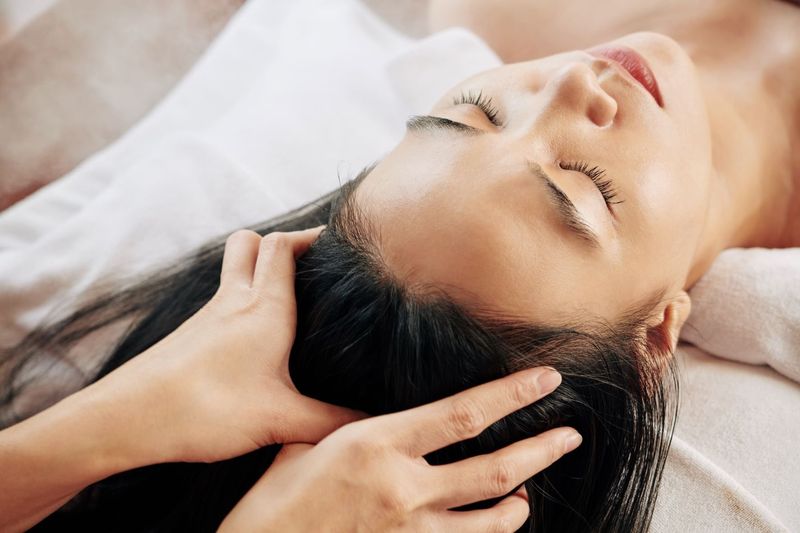
Regular scalp massages invigorate the scalp, boost circulation, and promote hair growth. Use fingertips to apply gentle pressure in circular motions. Incorporate natural oils like rosemary or peppermint for added stimulation. Massaging not only enhances blood flow but also relaxes the mind, offering a soothing self-care ritual. Consistent scalp massages can lead to thicker, healthier hair over time.
Heat Protection
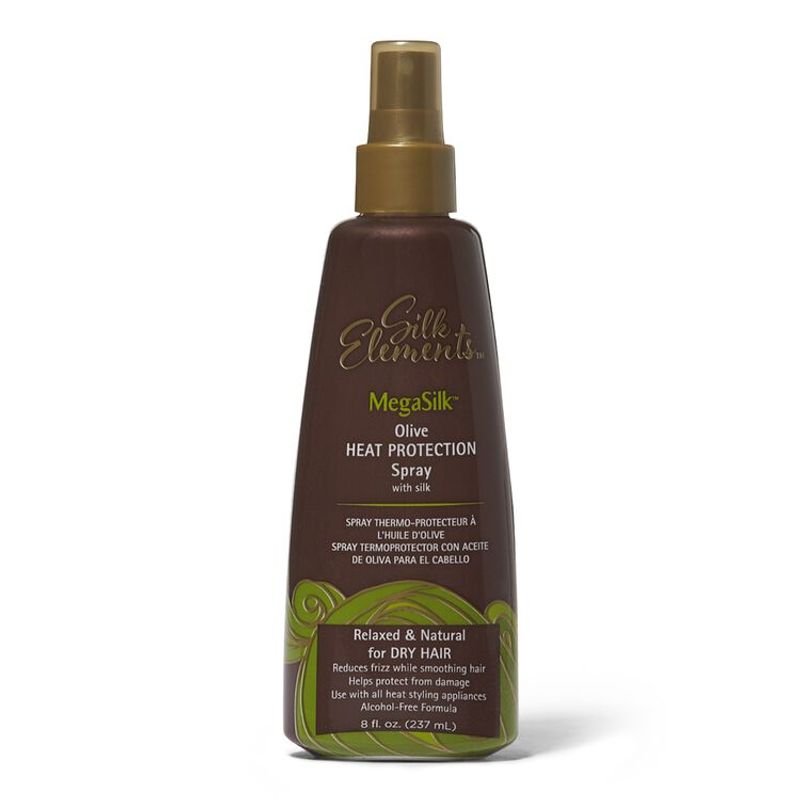
Heat styling can be damaging, especially for chemically relaxed hair. Invest in a quality heat protectant spray to shield hair from thermal damage. Apply it evenly before using any hot tools, such as flat irons or curlers. This barrier minimizes moisture loss and prevents breakage, ensuring hair remains resilient. Styling tools should be used sparingly and set to a moderate temperature to maintain hair integrity.
Regular Trims
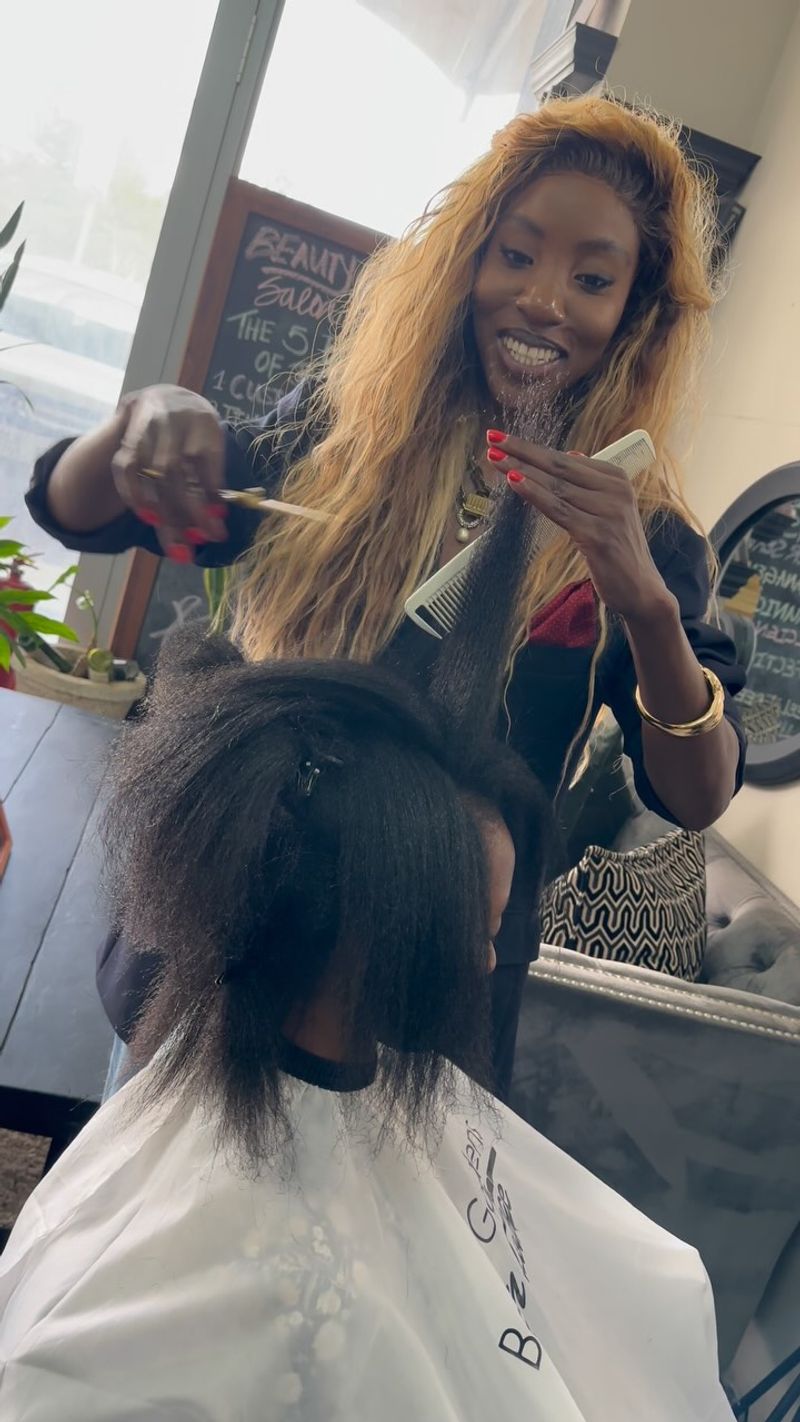
Regular trims are essential for maintaining healthy relaxed hair. Schedule appointments every 6-8 weeks to remove split ends and prevent breakage. Trimming not only refreshes the style but also promotes overall hair health. A well-pruned mane looks fuller and more vibrant. Trust your stylist to recommend the best cut that suits your face shape and lifestyle.
Silk Pillowcases
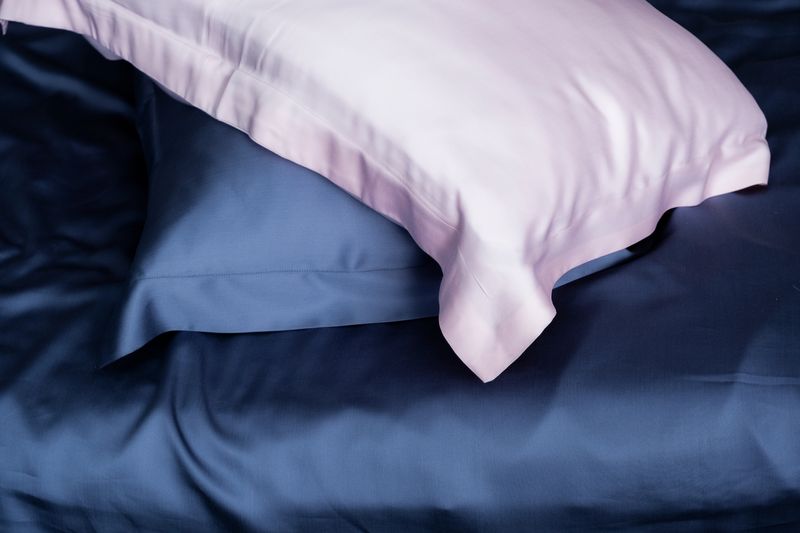
Sleeping on a silk pillowcase can make a significant difference in hair health, particularly for relaxed hair. Silk reduces friction, preventing tangles and split ends during sleep. It also helps retain moisture, unlike cotton which can dry out hair. A silk pillowcase offers a touch of luxury and ensures you wake up with smoother, more manageable hair.
Wide-Tooth Comb
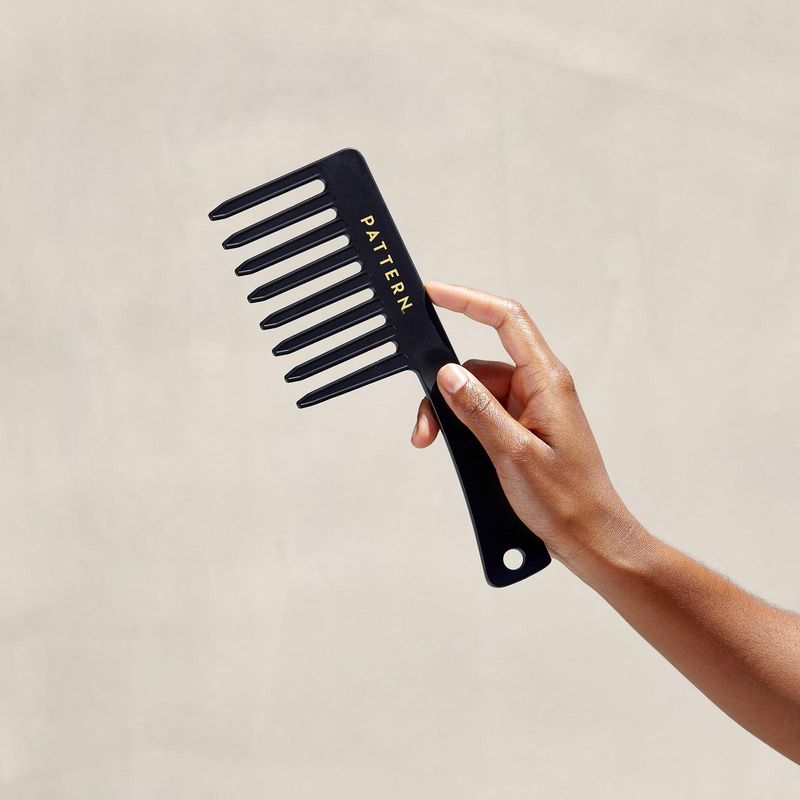
Detangling relaxed hair requires a gentle touch. A wide-tooth comb is perfect for this task, minimizing breakage and preventing unnecessary stress on strands. Start at the tips and work your way up to avoid pulling. This method preserves the hair’s integrity and encourages a smoother finish. Incorporating a detangling spray can further ease the process, ensuring each session is painless.
Low Manipulation Styles
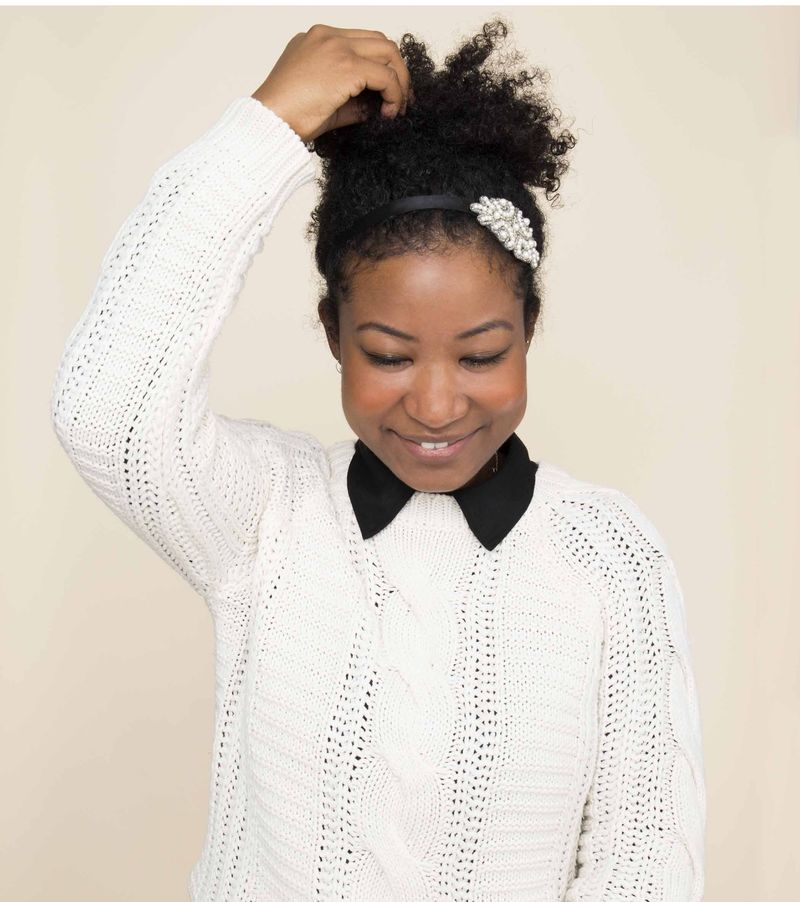
Choosing low manipulation hairstyles reduces stress on relaxed hair, minimizing breakage and maintaining health. Opt for styles like loose buns, braids, or wraps that don’t require daily restyling. These options preserve the hair’s natural strength and promote growth. Low manipulation styles are not only practical but also versatile, offering a chic look with minimal effort.
Moisture Sealing
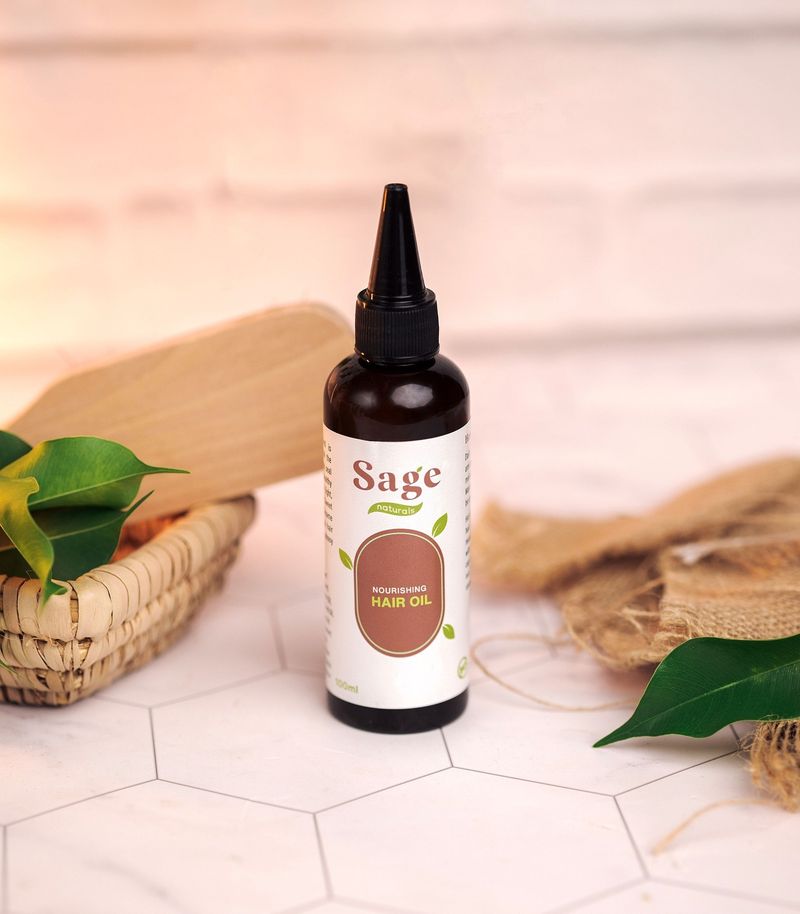
Sealing moisture is crucial for chemically relaxed hair to prevent dryness and brittleness. After conditioning, apply a lightweight oil like jojoba or coconut to lock in hydration. This barrier protects against environmental aggressors and preserves softness. Moisture sealing keeps hair supple and vibrant, enhancing its overall appearance.
Protective Styling

Protective styles guard relaxed hair against environmental damage and reduce manipulation. Consider braids, twists, or updos that shield ends and promote growth. These styles are both functional and fashionable, offering variety without compromising hair health. Incorporating scarves or headbands can add a stylish touch to protective looks.
Hydration Rich Diet

A diet rich in hydration supports the health of relaxed hair. Consume plenty of water-rich foods like cucumbers, watermelon, and oranges. These foods contribute to overall hair hydration from within, enhancing elasticity and shine. A balanced diet provides essential nutrients that promote robust hair growth and resilience.
Avoiding Tight Hairstyles
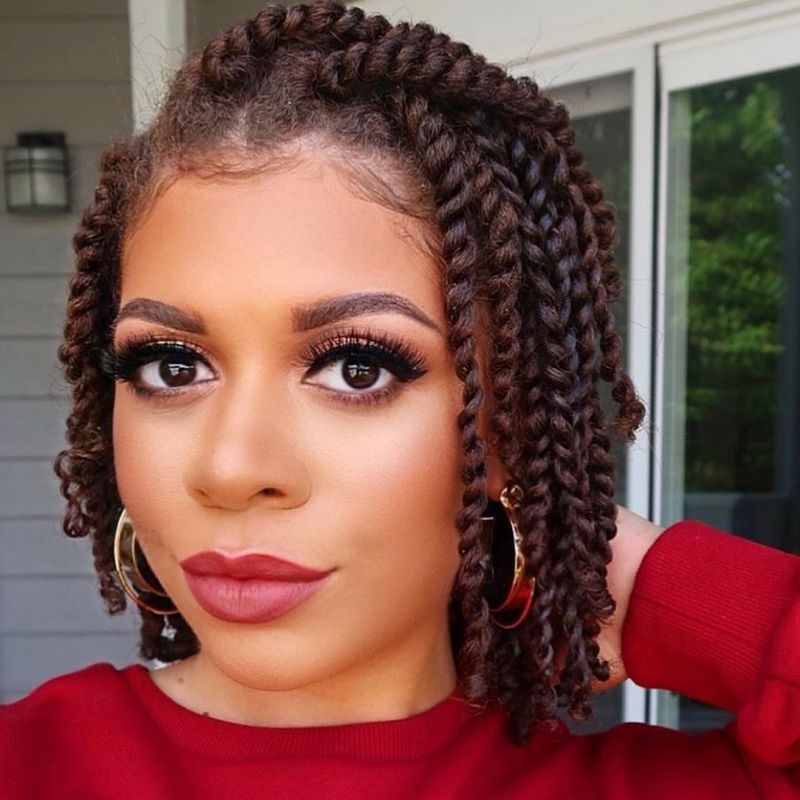
Tight hairstyles can cause stress and breakage, especially for relaxed hair. Opt for looser styles that allow the scalp to breathe and the hair to move naturally. Avoid elastic bands that pull tightly, as they can lead to traction alopecia over time. Embrace comfortable styles that balance fashion with hair health.
Regular Protein Treatments

Regular protein treatments fortify relaxed hair, repairing damage and enhancing strength. These treatments replenish protein lost during chemical processing, restoring resilience. Apply a protein mask every 4-6 weeks, following the product instructions carefully. Balance is key; excessive protein can lead to stiffness, so follow with a moisturizing conditioner.
